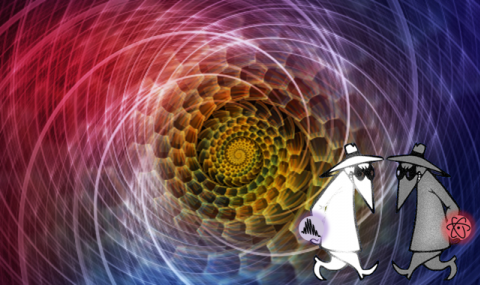We aim to increase the coupling between atoms and photons for pursing quantum nonlinear optics in a room-temperature gas. We develop new techniques for overcoming the challenges presented by hot atoms.
Recent years have seen dramatic developments at the interface between quantum optics and nonlinear optics, with various physical systems manifesting optical nonlinearities at the few-photon level. This regime, so-called quantum nonlinear optics, is described by effective strong interactions between individual photons. It enables the realization of optical quantum states and processes for quantum computing and metrology, and it could manifest with photons the physics of many-body strongly-correlated systems.
In all realizations to date, the emitters coupled to the photons are cold, be it single atoms or ensembles, quantum dots, or superconducting junctions. Nevertheless, a scheme recently demonstrated with ultra-cold atoms, utilizing the interaction between Rydberg atoms in ensembles, has the potential to be applicable to hot (room-temperature) vapor. In the Light-vs-Matter lab, we pursue the limit of quantum nonlinear optics using hot vapor. Compared to cold atom systems, the hot vapor systems are potentially more practical to implement in future devices.
The core of the room-temperature system is a small glass cell filled with atomic vapor. In a hot vapor, the major hurdle is the atomic motion, causing Doppler, time-of-flight, and collisional broadening. Nevertheless, excitation of Rydberg atoms and the effects of their interactions have been observed with hot atoms. We combine various tools to tackle the challenges posed by atomic motion. These include fast multi-photon excitations, Doppler compensation using strong light shift, diffusion manipulation of slow light, and light-induced optical resonators.
In parallel, we work towards reaching the quantum nonlinear regime in long vapor-cells by tightly guiding a focused optical field. In collaboration with Prof. Barak Dayan, we explore sub-wavelength dielectric wave-guides, which support guided modes as wide as a few wavelengths and are compatible with Rydberg atom excitations.


